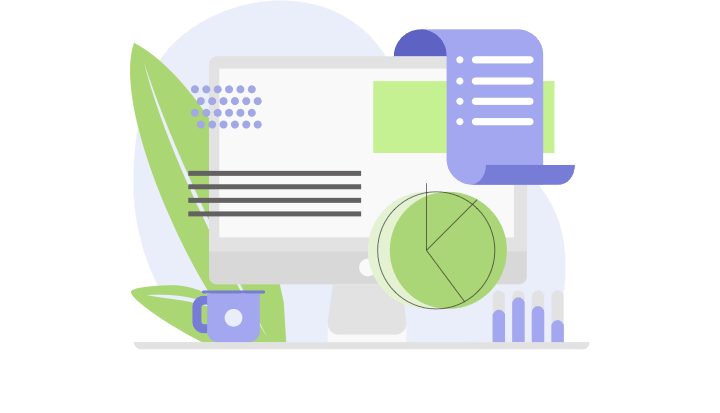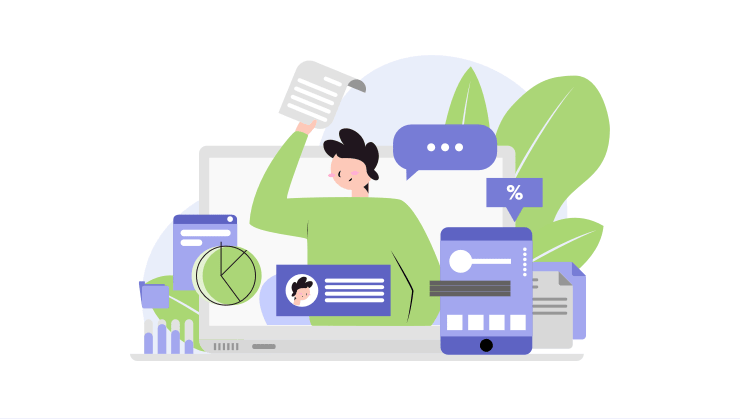
For instance, Customer A might routinely clear 100% of bills within days, but Customer B might have a tendency to default. Are you still curious about how to calculate and record bad debt expenses for your business? Recording a bad bad debt expense calculator debt expense gives a more accurate picture of your financial position. Writing off these debts helps you avoid overstating your revenue, assets, and any earnings from those assets. This represents the total amount of money owed to your business by customers.
Automate Payments
Gen Xers looking to buy or downsize should consider opting for smaller, more modest homes to keep mortgage payments under control. Buying homes under budget helps put more money towards a principal payment to chip away at debt. Then, the dotcom boom went bust, and the 2008 financial crisis flipped their finances upside down.

Example Calculation
One of the simplest ways to estimate bad debt is by using a formula based on historical data. For example, if your business typically experiences a 2% default rate, you can multiply your total credit sales by 2% to determine the estimated bad debt expense. The direct write-off method records bad debt expense only when an account is Retail Accounting deemed uncollectible. This approach is simpler but less accurate, as it doesn’t match expenses to the revenues they helped generate.
You’re our first priority.Every time.
While both involve replacing existing debt, refinancing prioritizes cost savings by securing a new loan with better terms. In contrast, debt consolidation focuses on merging multiple debts into a single loan to reduce the administrative headache of managing multiple business loans. You can enter details for an actual loan offer you received or play around with the sliders to see how different interest rates and repayment terms impact savings. Use our business debt consolidation loan calculator to see if collapsing multiple debts into one makes sense, or to compare consolidation loan ledger account offers.

How to Report Bad Debt Expenses
Even small changes like rounding up your monthly payments can save you thousands in interest payments over the life of your loan. Paying your mortgage biweekly instead of monthly can help pay down your loan’s principal faster. However, you must check with your lender to confirm that any extra payments you make go toward the principal. As many Gen Xers near retirement, their mortgage debts lingering strain on retirement income creates mortgage anxiety. This anxiety, coupled with competing financial strains and inflation, has 1 in 5 Gen Xers saying they will never be able to fully retire.

- This estimate is then recorded as an expense on the income statement, with a corresponding credit to the Allowance for Doubtful Accounts on the balance sheet.
- Many investors use the return on equity (ROE) ratio to determine a company’s capacity to generate money from its owners’ equity or assets.
- This method, known as the debt avalanche method, minimizes the amount of interest in your highest-interest debts to save you money and pay down the principal faster.
- It’s meant to simplify debt payments, which can become unwieldy if you owe multiple lenders different sums of money at different times of the month.
- The aging method categorizes accounts receivable by the length of time they’ve been outstanding.
You can use financial tools like debt consolidation into a personal loan or a balance transfer to reduce the interest you pay on your borrowed money. For student loan debts, monitor interest rates and consider refinancing if they fall below your current rate. Lowering your interest rate even by 1% can save you hundreds of dollars a year and thousands of dollars over the life of the loan. You can take this one step further and keep paying your monthly minimum to make an even bigger impact on your principal repayment. On credit cards, the minimum payment primarily covers the interest, and any additional dollars go directly toward paying back your debts. Studies show that Gen Xers are buying the second-largest houses of all generations.
Percentage of sales
Under this approach, businesses find the estimated value of bad debts by calculating bad debts as a percentage of the accounts receivable ending balance. The direct write off method involves a direct write-off to the receivables account. When it’s clear that a customer invoice will remain unpaid, the invoice amount is charged directly to bad debt expense and removed from the account accounts receivable. The bad debt expense account is debited, and the accounts receivable account is credited. A business debt consolidation loan combines multiple debts across business loans, lines of credit or business credit cards into a single loan. It’s meant to simplify debt payments, which can become unwieldy if you owe multiple lenders different sums of money at different times of the month.

